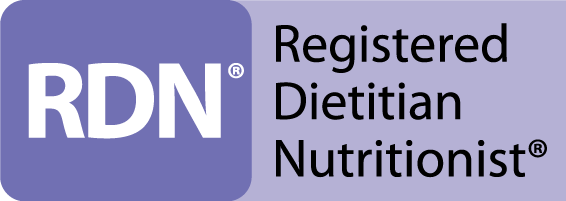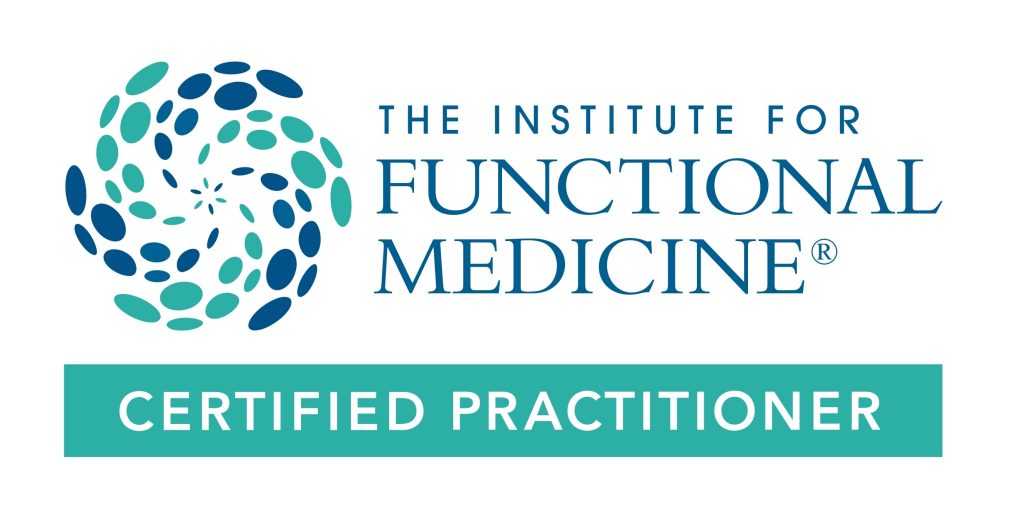Did you know that every 37 seconds in US, someone dies from some form of cardiovascular
disease (CVD)? Every 40 seconds some adult has a stroke, and every 3.59 minutes someone dies
from it. These are the new updated statistics the American Heart Association published in their
new 2020 Heart Disease and Stroke statistics report(1). They also reported a staggering 46% of US
adults to suffer from high blood pressure. They estimate that by the end of 2035, 45.1% of the US
population is projected to have some form of CVD with estimated total medical cost to reach 1.1
trillion dollars. (1) This is the amount of zeroes I am not sure how to write from the top of my mind
without sounding confused.
I find myself struggling with accepting the reality of these numbers, wondering how is it possible
that every 37 seconds someone dies to begin with, and then the specificity of this information
being from some form of heart disease. Too narrow and specific, if you ask me. However, as a
proper functional dietitian well trained to follow up on resources, potential bias, validity of
studies and reports, after reviewing the sources used in this statistical update, it is really hard not
to accept it and be appalled by it none the less.
Cardiovascular diseases are diseases of the heart and blood vessels. They include atherosclerosis,
coronary artery disease CAD, peripheral vascular disease PVD, heart attack, stroke, arrhythmia,
just to name a few.
Some of the most common risk factors for CVD include high blood pressure or hypertension,
atherosclerosis or blockages of arteries known as atherosclerosis, abnormal lipid levels, air
pollution and POP`s persistent organic pollutants, obesity, and a multitude of lifestyle factors
such as physical inactivity, diet, alcohol consumption and smoking for example.
So, by default, and some simple way of logic, it only makes sense that if we understand why we
have these risk factors, explore and address the reasons of why intervene to put them under
control, maybe even take away the original reason that triggers them, to begin with, then we
would have hit the jackpot, the mother lode, right. We would cut out the head of the snake so to
speak, and with no reason for an imbalance, no trigger that causes an imbalance, no ongoing fuel
to feed the imbalance, then there would not be a risk factor, right?
Functional nutrition is an advanced practice of personalized ADIME concept for registered
dietitian practices which uses food as medicine. It is an advanced practice of personalized
nutrition Assessment, Diagnosis, Intervention, Monitoring and Evaluating nutrition status in
order to provide a personalized approach to nutrition therapies that will address the factors that
underline chronic diseases. “Factors that underline chronic diseases” being the crucial part of this
therapeutic modality.
Implementing food as medicine, looking the body as a whole including environmental,
psychological, social correlations, organizing core clinical imbalances and looking at points of
connection, genetic predisposition, mental, emotional and spiritual influences, attitude and
beliefs all in order to compose personalized lifestyle and nutrition plan based on evidence based practices might be the future of achieving and maintaining optimal health and wellbeing.
What this means, one might ask, how does this work?
After identifying the predisposing factors to disease whether be a genetic, or environmental;
removing the triggering and perpetuating factors that lead to pathological responses, the ground
has been laid for the missing nutrients and diet insufficiencies to be corrected boosted to optimal
levels to the point that would actually make a difference in the physiology of the system and or
process in question. In addition use of lifestyle modifications and lifestyle as medicine to support and enhance this positive change.
For example, through food and lifestyle modifications such as dietary sodium restriction, moderate alcohol
consumption, weight loss, weight lost and maintained, stress reduction and tobacco cessation we could aid in systolic blood
pressure reduction from 2-20 mmHg accordingly. Reducing sedentary behaviour, increasing
movement and physical activity such as walking, strength training, flexibility and aerobic activity of 30
minutes per day can decrease the risk of cardiac events by 30-40%. Weight loss in particular has
been proposed as an effective, non-pharmacologic means for the primary prevention of
hypertension (6). An early meta-analysis in 1988, that is 30 + years ago, showed a reduction in
systolic blood pressure (SBP) and diastolic blood pressure (DBP) of −2.4 and −1.5 mm Hg per
kilogram weight loss, respectively. (7) When addressing stress reduction, for example, practising
therapeutic lifestyle strategies such as music therapy (2), breathing and meditation practices (3)
or laughter(4) research found that they help decrease stress hormone cortisol levels up to 66%,
20 and 67% accordingly.
On another hand, how would functional nutrition help us address some of these risk factors?
It is the scientific knowledge and awareness of the broad spectrum of effects different foods and
nutrients have on processes that are affected when clinical imbalances are present. The beauty of
using real food as medicine is because of the myriad of positive effects it has on multiple organ
systems and physiological processes at the same time. For example, a couple of cloves of garlic
daily, or a couple of squares of dark cocoa chocolate are not only going to help us address
blood pressure, aid in blood lipid regulation but also in how we perceive stress. ( 5) That is
addressing three of the risk factors for CVD if present, high blood pressure, elevated blood
lipids, and stress, with next to none side effects, which is a luxury when comparing the use of different mediciations to alleviate certain symptoms.
These benefits we are reaping from eating whole real foods are due to their specific chemical
structure, colour and nutrient density they possess. It is why recommendations for healthy diets,
regardless of how they are being named, are always so similar in nature across the board. It is truly an inexpensive approach to health and wellbeing in addition to lifestyle and movement.
Yes, it takes some adjustments in time, and it is not an easy fix to achieve results in 2-3 days, or
even a week, but rather a change in lifestyle. But once applied and practised, should last a
lifetime. Building new habits takes up to 45 days, but in doing so, one learns about the real
power of food as medicine, about lifestyle as medicine, and using it to enrich one`s life. Daily
practices of using these therapeutic foods eventually result in a daily routine and healthy way of
life. In the process there is the social aspect of togetherness when buying, cooking and sharing a
meal. It is that sense of doing something right, a sense of fulfilment as being an active
participant in building up your health and well being to the most optimal self, rather than just
eventually becoming a number in some statistic, or staying by the sidelines, waiting for life to
happen in all its glory.
So it is a matter of knowing specifically what food group, and specific nutrient from it that will
affect certain body system and function. The simple fact of knowing the benefits of foods,
possessing the knowledge of how that food will help your dysfunction, the positive and
therapeutic effect would be greater than in not knowing. Information is a rather powerful tool
one can use to its own benefit. In this day and age of having information at the tip of our fingers,
it is a matter of asking the right question and the will to make changes that will benefit your
health.
So questions one might want to ask when addressing high blood pressure, for example, would
include the role of protein, right fats and oils, complex high fiber carbohydrates, what minerals
and phytonutrient-rich fruits and vegetables possess anti hypertensive qualities for example.
So, I would recommend for you to get yourself familiar with what foods and food groups do you
good, and which ones not so much. I urge you to start asking questions of why, and how. If you
are willing and ready to go step further, consider starting a partnership with a nutrition professional, registered dietitian, nutritionist or functional nutrition dietitian to get
the proper guidance and support you need pertaining to your imbalance. Get familiar with food additives and reading
labels with the simple fact in mind: fewer ingredients being better; Regarding food choices is good to consider that simple is usually better, variety and color even more so, while modesty is the key to success. When in the grocery store, start
and hunt for your wholesome foods while walking AROUND the grocery shops where fresh whole
real foods are, in order to build your shopping cart with color and variety, rather than getting
straight for the aisle section with all the packaged, premade, easy to eat foods are located, that
might be detrimental to your health on the long run. After all, what do you have to lose, or a
better question would be what do you have to gain?
Bid you good health,
Biljana Sofronijoska Rece RDN, LD, IFMCP
This information is intended for informational purposes only. It is not supposed to be interpreted as specific medical advice.
Regarding therapies, diagnosis and or health conditions please consult with your qualified healthcare provider.
References:
1. “H e a r t D i s e a s e a n d S t r o k e S t a t i s t i c s — 2 0 2 0 U p d a t e : A R e p o r t F r o m t h e A m e r i c a n H e a r t A s s o c i a t i
o n What’s New This Year?” Heart.org, American Heart Association, 2020,
www.heart.org/-/media/files/about-us/statistics/heart-disease-and-stroke-stats-2020-update-ucm_505474.pdf?la=en.
2. Khalfa, Stephanie et al. “Effects of relaxing music on salivary cortisol level after psychological stress.” Annals of the New York Academy of
Sciences vol. 999 (2003): 374-6. doi:10.1196/annals.1284.045
3. Turakitwanakan, Wanpen et al. “Effects of mindfulness meditation on serum cortisol of medical students.” Journal of the Medical
Association of Thailand = Chotmaihet thangphaet vol. 96 Suppl 1 (2013): S90-
4. Kaplan, M.(2008) How to laugh away stress. Nature: News,Apr.2008, doi:10.1038/news.2008/741
5. Von Känel, R et al. “Effects of dark chocolate consumption on the prothrombotic response to acute psychosocial stress in healthy men.”
Thrombosis and haemostasis vol. 112,6 (2014): 1151-8. doi:10.1160/TH14-05-0450
6. Stevens VJ, Obarzanek E, Cook NR, Lee IM, Appel LJ, Smith West D, Milas NC, Mattfeldt-Beman M, Belden L, Bragg C, Millstone M,
Raczynski J, Brewer A, Singh B, Cohen J; Trials for the Hypertension Prevention Research Group. Long-term weight loss and changes in
blood pressure: results of the Trials of Hypertension Prevention, Phase II. Ann Intern Med. 2001; 134: 1–11
7. Staessen J, Fagard R, Amery A. The relationship between body weight and blood pressure. J Hum Hypertens. 1988; 2: 207–217.








